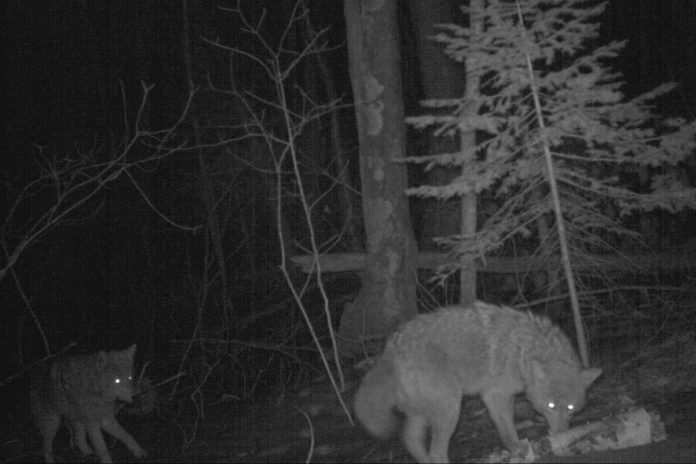In order to see carnivores lives in the Apostle Islands in northern Wisconsin, scientists captured almost 200,000 photos by placing 160 cameras. From the photos, they discovered several carnivores are living on various islands in this remote archipelago in Lake Superior.
The finding reveals a flourishing community of carnivores, with some good situation than others on islands that vary in size and proximity to the mainland.
To capture the photos, scientists put motion-activated cameras on each of the islands, at a density of one camera per square kilometer. After some time, the camera traps recorded 10 of 12 Wisconsin land carnivores, including American martens, black bears, bobcats, coyotes, fishers, gray foxes, gray wolves, raccoons, red foxes, and weasels. The cameras also captured pictures of semiaquatic carnivores mink and river otters, and additionally raptors, small rodents, squirrels, songbirds and waterfowl.
Illinois Natural History Survey wildlife ecologist Max Allen said, “This is one of the first studies to focus on the carnivore community in an island system. The area is remote and difficult to access, with rough water in summer and variable ice conditions in winter, so the carnivore community had never been studied.”
The study highlights a phenomenon known as island biogeography. It describes the dissemination and diversity of species in domains with distinct limits that can go about as impediments to inward and outward migration.
Black bears were found on 13 of the islands examined. They appeared to prefer bigger islands that were closer to other islands. Gray wolves, however, were seen only on one of the 19 islands studied. These differences may have to do with the animals’ diets and habits. Bears tend to be solitary and eat a variety of foods, while wolves are social, with more specialized diets. The latter tend to prey on ungulates like deer.
The researchers were surprised to find that some smaller carnivores, such as weasels and American martens, appeared to prefer life on islands further from the mainland.
Allen said, “Most research on island biogeography has been conducted in tropical marine systems that have innately high levels of biodiversity and few carnivores. The new study is unique in that it examines carnivores in a remote island system in a temperate locale.”
“We were surprised to find an intact carnivore community – including gray wolves and American martens – on these islands. We found more carnivore species on islands that were larger and/or closer to the mainland.”
“The carnivores may swim from island to island or use ice bridges that form in winter between the islands. Documented declines in the duration of lake ice as a result of climate change may hinder the movement of carnivores between islands and to and from the mainland.”
“The study offers a first glimpse of the top predators making a living on the Apostle Islands. It’s pretty exciting to be the first to document species in an area, especially a wild and remote piece of land in the National Park Service.”
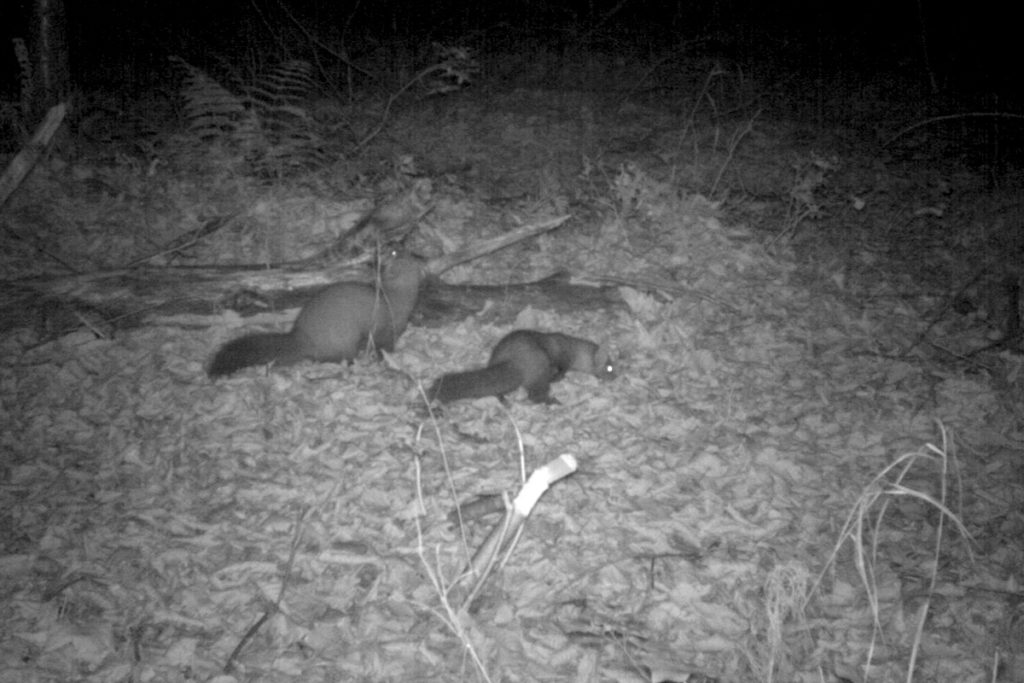
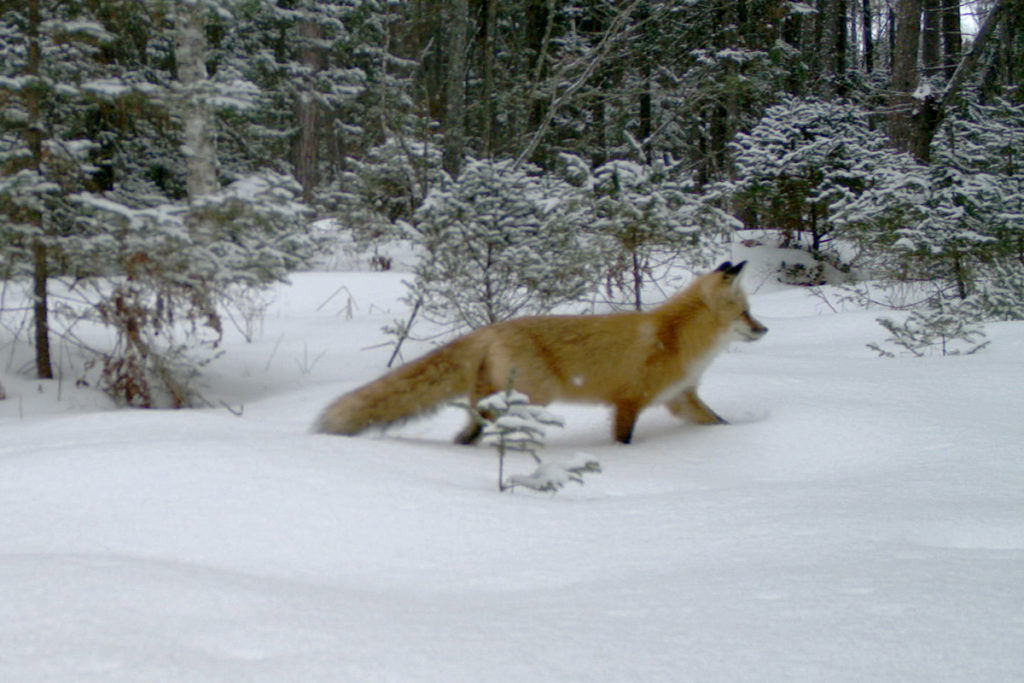
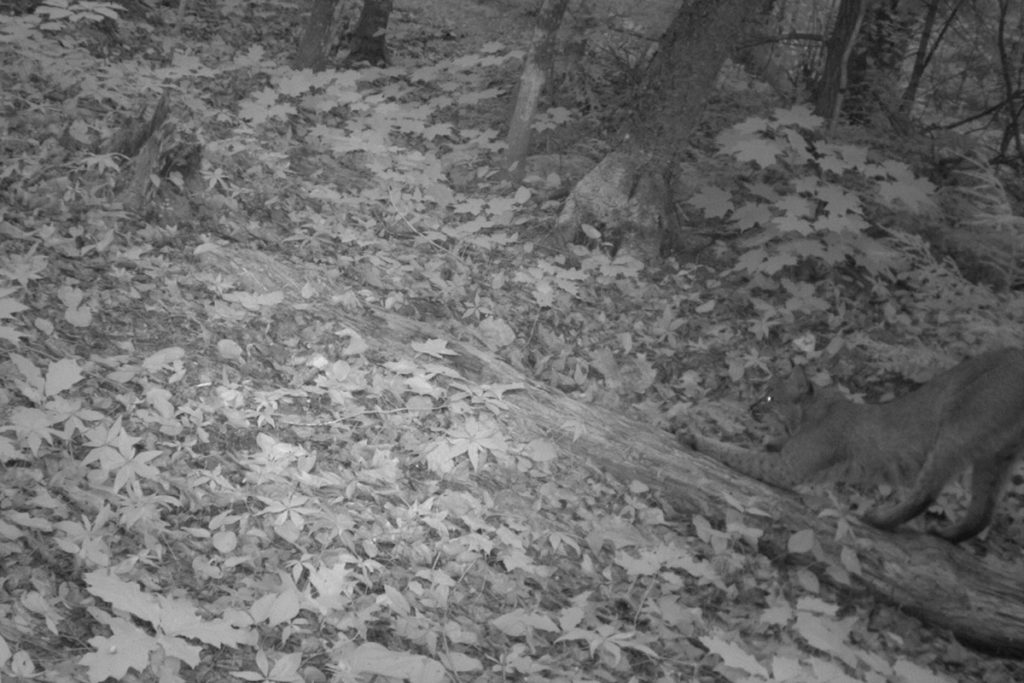
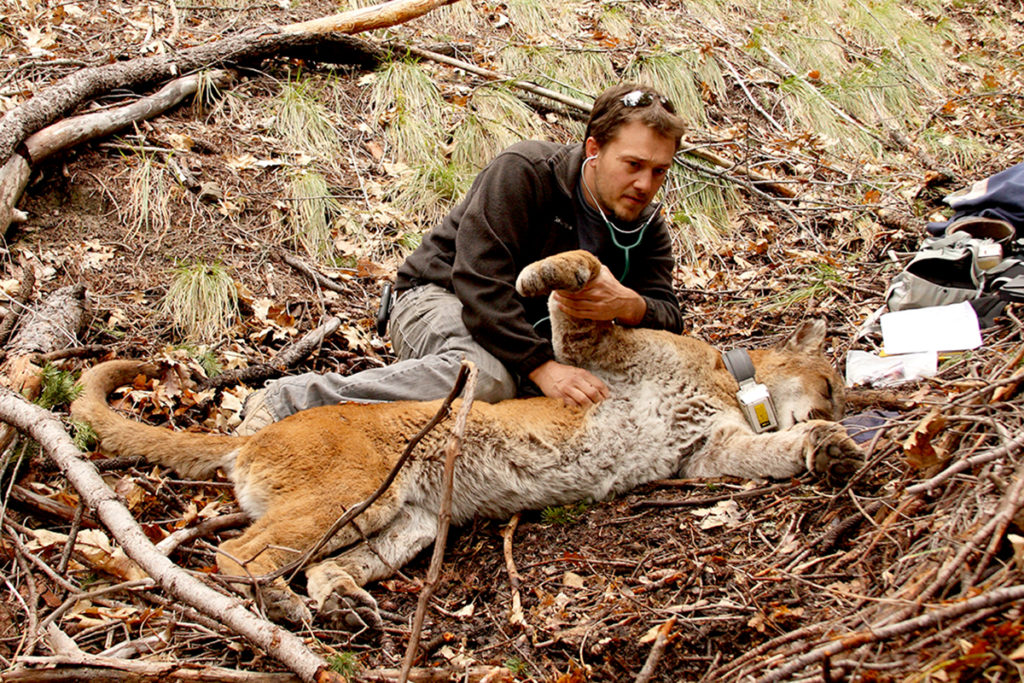
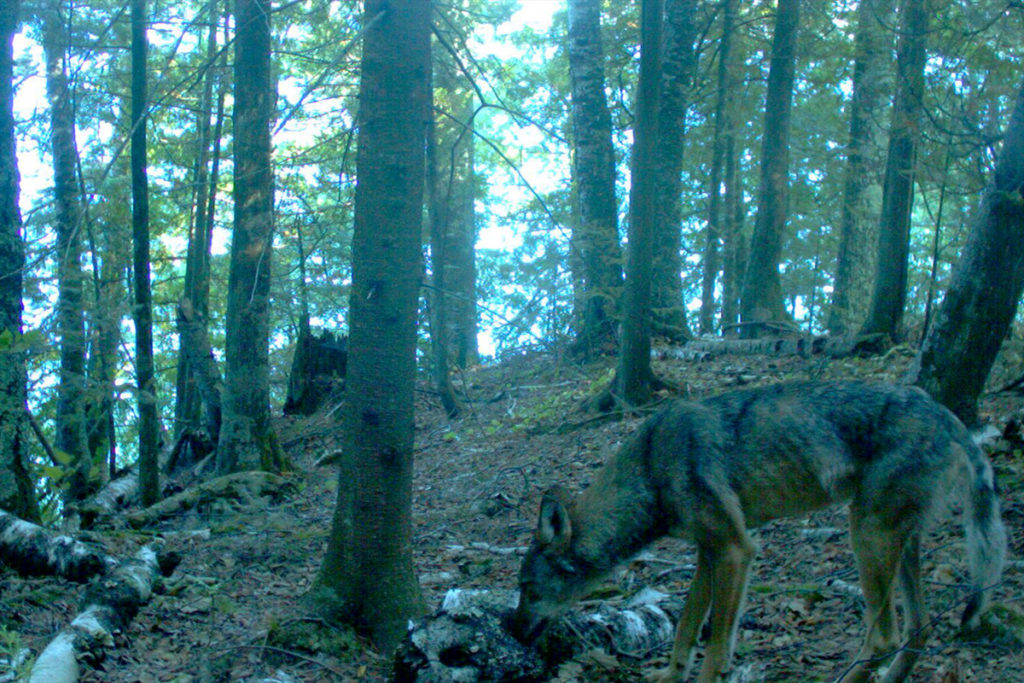
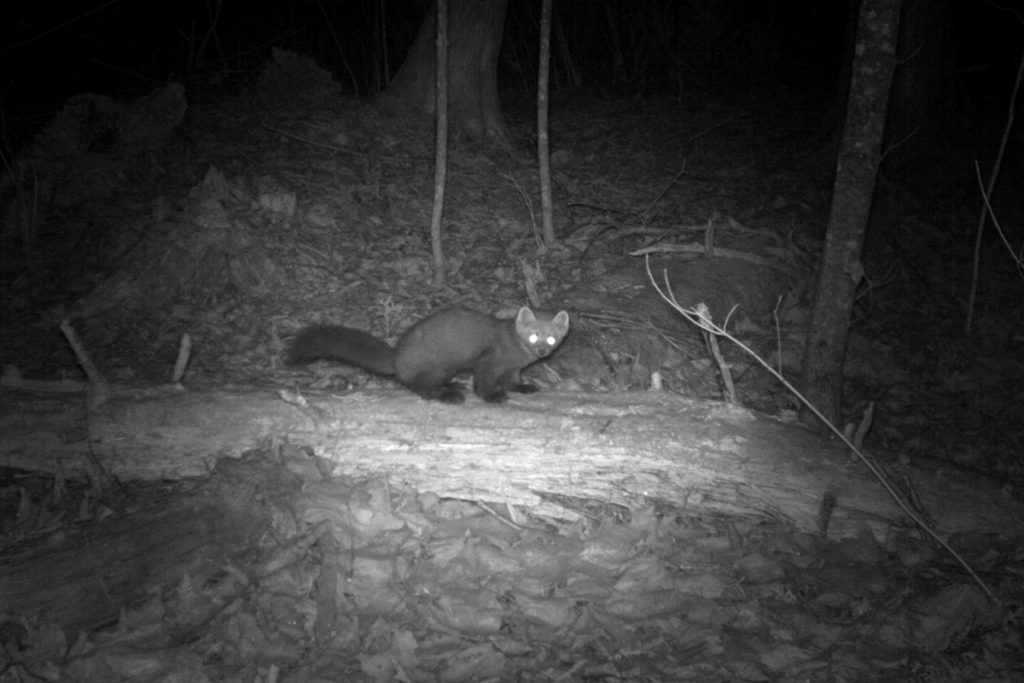
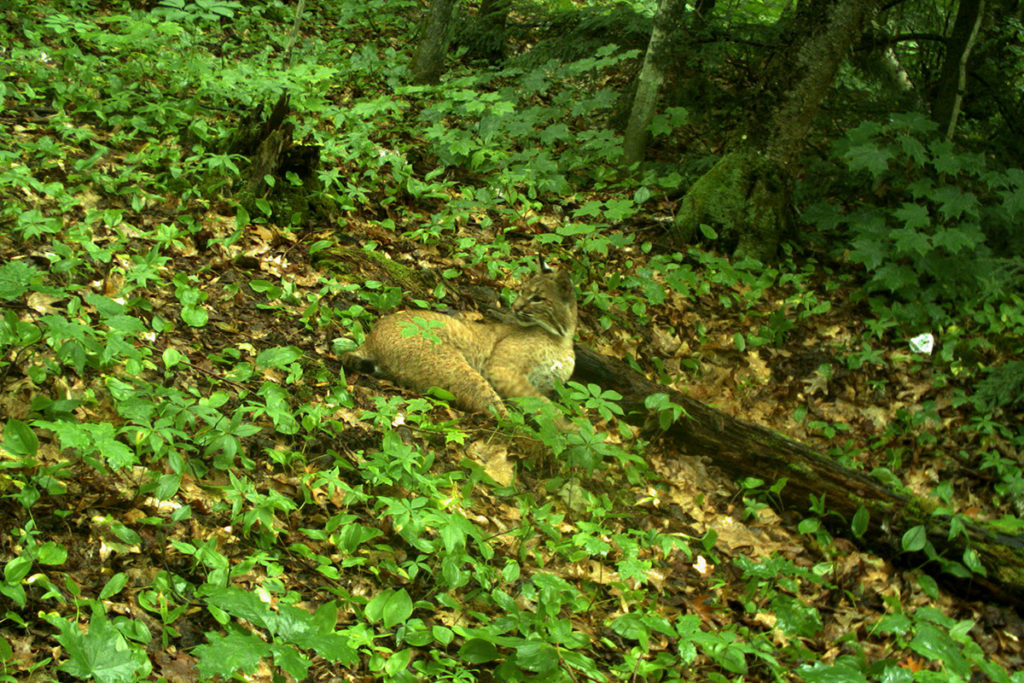
The study is published in the journal Community Ecology.
